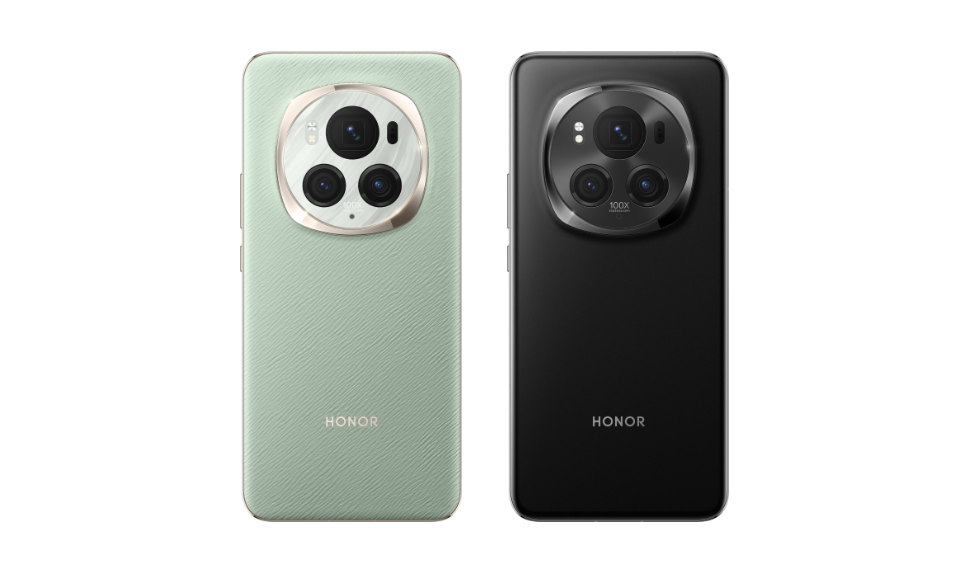The POCO C55 is a new alternative for users on a limited budget in the Indian market with its affordable price. The new model, which was introduced on February 21, has a lot of innovations compared to its predecessor, the POCO C40. What distinguishes this performance leader in its segment from the others? We take a detailed first look at the new smartphone.
POCO C55 Review : Design & Screen
This new phone has a pretty simple design. The phone has a 6.71-inch 60Hz 720×1650 pixel IPS LCD panel, has a screen density of 268 PPI, and a screen-to-body ratio of 82.6%. The screen frames are thick, but this is quite normal as it is budget-friendly. The screen is protected by Panda Glass instead of Corning Gorilla Glass. The screen design of the POCO C55 has the usual drip notch form.
The frames and the back are made of plastic. The device weighs 192 grams and has a thickness of 8.8mm. Since the battery capacity of such entry-level smartphones is high, the thickness is increasing to reduce production costs.
The biggest increase in this device is that it has IP52 certification. POCO’s new model is water and dust resistant. The screen and material quality of the POCO C55 is ideal for its segment. However, even in 2023, the use of a 720p resolution screen can be considered a disadvantage.
POCO C55 Review : Camera
The POCO C55 has two camera sensors on the back. The main camera is Omnivision’s OV50C 50MP sensor. The primary camera has an f/1.8 aperture and can record video at up to 1080p@30FPS. EIS and OIS are not available. The second camera sensor is a 2 MP depth sensor. On the front, there is a 5 MP HDR camera. You can record 1080p@30FPS videos with the front camera.
The camera setup is comparable to its competitors except for the depth sensor. With the main camera, you can take photos that are acceptable in light environments. On the other hand, if a modified Google Camera package for this device is developed by users, it can get much better results.
POCO C55 Review : Platform & Software
The POCO C55 uses the MediaTek Helio G85 chipset, which is available in many models. This chipset was previously used in Xiaomi’s Redmi Note 9 and Redmi Note 8 (2021) models. The Helio G85 consists of 2x Cortex A75 cores and 6x Cortex A55 cores. On the GPU side, it is powered by the Mali-G52 MC2.
POCO’s new smartphone comes with very good RAM/Storage options according to its segment. Available in 4/64 and 6/128 GB options, the storage unit uses the eMMC 5.1 standard.
The new model to the POCO C series, the C55, has a much higher performance chipset compared to its rival, the Realme C30s. It is also much better than the GPU. The POCO C55’s GPU operates at a frequency of 1000 MHz, while the PowerVR GE8322 graphics unit only operates at 550 MHz.
Although you can’t play high-graphics games like Genshin Impact with this smartphone, you can play games like PUBG Mobile fluently in medium settings.
Also, this model comes out of the box with an Android 12-based MIUI 13 interface. Android 13 internal testing is currently underway for the POCO C55. Android 13 update is expected to be available in the coming months. Since it is an entry-level model, it will only receive 1 Android version update. But no need to worry, it will get 2 MIUI updates and get Android security updates for 3 years.
POCO C55 Review : Battery
The POCO C55 will satisfy users on the battery side. The device, which has a Li-Po battery with a capacity of 5000 mAh, supports a maximum charge of 10 W. Another disadvantage of this device is that it does not have fast charging support. However, the battery life is above its competitors. With 720p screen resolution and the efficient Helio G85 chipset, you will forget when was the last time you fully charged it.
POCO C55 Review: Conclusion
The POCO C55, the new model that POCO introduced and launched in February, is a price/performance monster with a price tag of about $105. This model, which makes a big difference to its competitors on the performance side, is satisfactory on the camera side. With unrivaled battery life, the POCO C55 makes sense for users on a tight budget.








